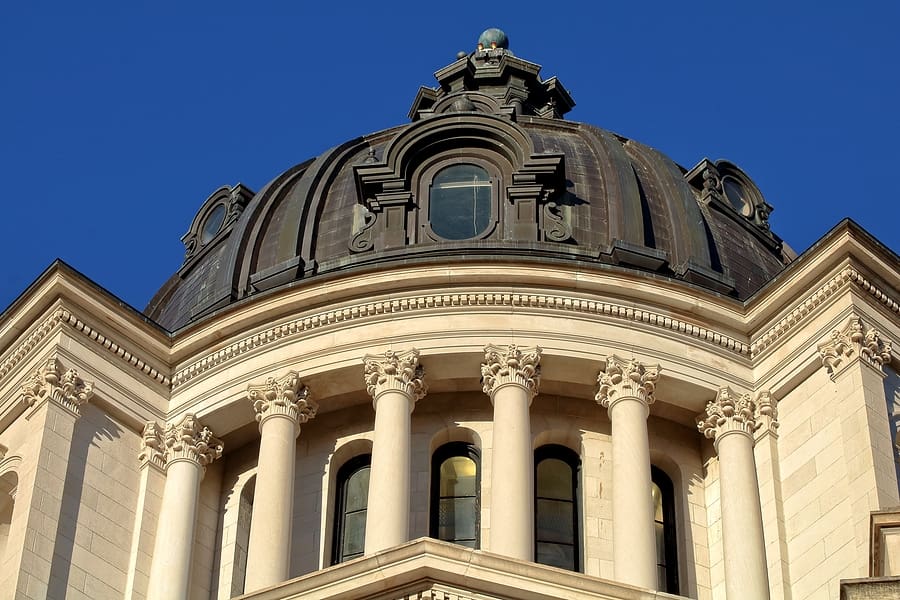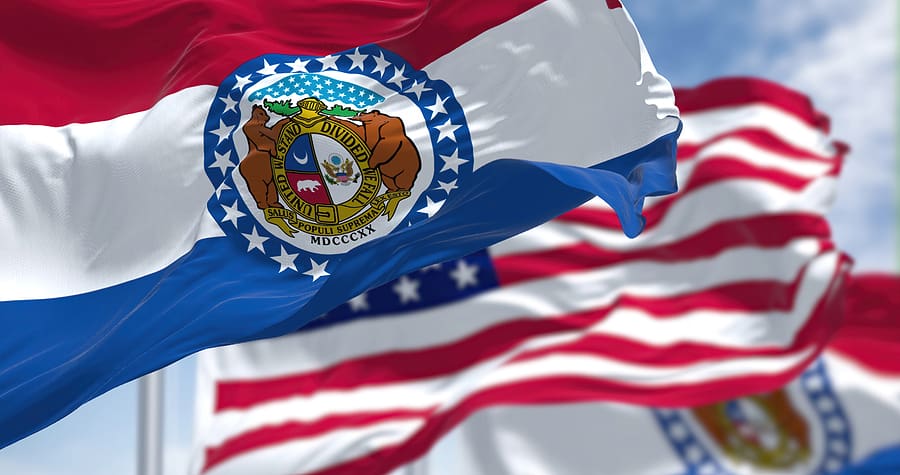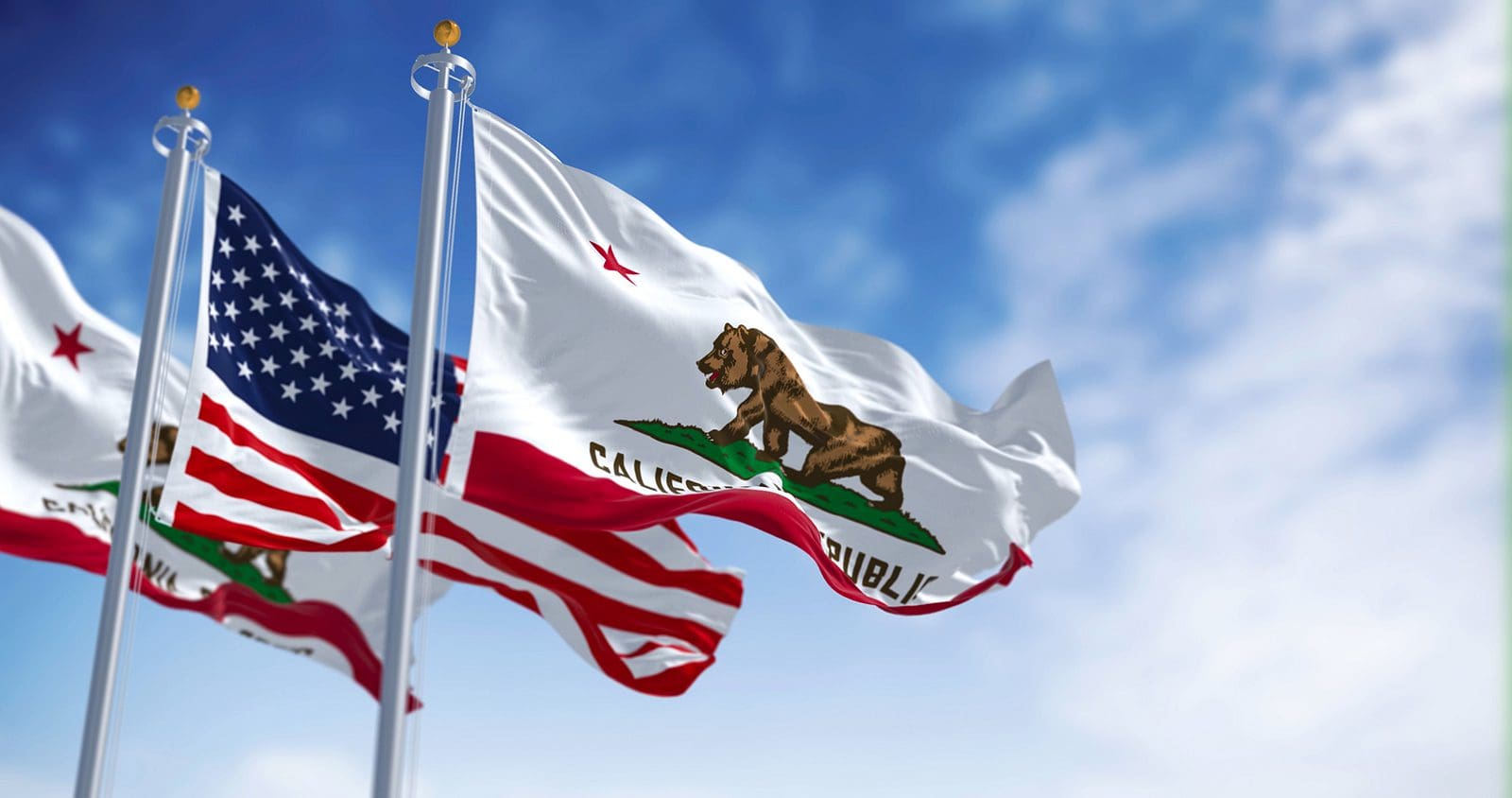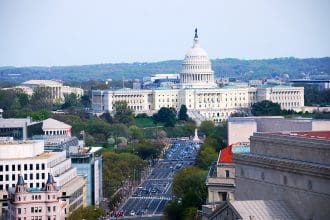New North Dakota Laws Taking Effect January 1, 2026: What Residents Need to Know
BISMARCK, ND (STL.News) As the calendar turns to 2026, a new set of laws approved by North Dakota lawmakers will officially take effect on January 1, bringing changes that touch healthcare, taxation, vehicle ownership, education, public safety, and state governance. While some of these measures have been discussed for months, their implementation marks a significant shift in how state policy will affect the everyday lives of residents, businesses, and public institutions.
The following overview breaks down the most notable new North Dakota laws set to take effect at the start of 2026, offering context on why they were passed and what they mean in practical terms. This article is written for informational purposes and reflects enacted legislative changes scheduled to become effective on January 1, 2026.
Healthcare Reforms Focus on Transparency and Patient Protections in North Dakota
One of the most impactful changes arriving in 2026 centers on healthcare oversight and insurance practices. State lawmakers advanced reforms to improve patient access to care while limiting administrative delays that have frustrated providers and patients alike.
Physician Oversight of Prior Authorization Decisions
Beginning January 1, 2026, health insurance companies operating in North Dakota will be required to ensure that prior authorization decisions are reviewed by licensed physicians when medical judgment is involved. The law addresses concerns that automated systems and non-clinical reviewers were increasingly making decisions that delayed treatment or denied coverage without adequate medical expertise.
Under the new framework, insurers must involve qualified medical professionals in determinations related to diagnostic tests, procedures, and treatment plans. The intent is to reduce unnecessary delays in care, improve accountability, and restore trust between patients, providers, and insurers.
Healthcare advocates have argued that the law represents a balance between cost control and patient safety, while insurers have acknowledged the need to adapt systems to meet the new requirements.
Updates to Health Benefit Plan Standards
Additional provisions taking effect in 2026 refine state rules governing health benefit plans, including more apparent timelines for reviews, standardized communication requirements, and updated definitions for coverage determinations. While these changes may appear technical, they are expected to make the appeals process more predictable for patients navigating complex insurance decisions.
Property Tax Relief and Homeowner Programs Take Effect in North Dakota
Tax policy remains a top concern for North Dakota residents, particularly homeowners facing rising property values and associated tax bills. Several laws scheduled to take effect in 2026 are designed to provide targeted relief while modernizing the administration of credits.
Expanded Access to Primary Residence Tax Credits
Starting January 1, 2026, updated eligibility standards and application procedures for the state’s primary residence tax credit will go into effect. The changes are intended to make the program more accessible, particularly for fixed-income homeowners and seniors.
The revised law clarifies qualifying criteria, simplifies documentation requirements, and adjusts administrative timelines to better align with local assessment cycles. For many households, the changes could translate into more predictable property tax relief and fewer bureaucratic hurdles.
Long-Term Adjustments to Property Tax Relief Funds
Lawmakers also approved statutory updates governing the state’s property tax relief funds, including how revenues are allocated and distributed. While the immediate impact in 2026 may be modest, the changes are designed to improve sustainability and transparency over the long term.
Vehicle Registration and Transportation Law Changes in North Dakota
Drivers across North Dakota will see changes in how vehicle registration fees are calculated and administered starting in 2026.
Updated Vehicle Registration Fee Structures
New provisions clarify registration fee schedules for passenger vehicles, commercial fleets, and specialty vehicles. The changes aim to reduce confusion, close loopholes, and ensure more consistent treatment across vehicle classes.
For most drivers, the impact will be administrative rather than dramatic, but owners of certain vehicles may notice adjustments in fees or renewal requirements depending on weight, usage, or classification.
Modernization of Motor Vehicle Administration
The 2026 laws also support continued modernization of the state’s motor vehicle system, including expanded use of digital services, updated reporting requirements, and improved data sharing between agencies. These changes are expected to streamline renewals and reduce in-person wait times.
Education and Student Safety Measures for North Dakota
Several laws taking effect in 2026 reflect ongoing debates about education policy, student rights, and school safety.
Human Trafficking Prevention Education
North Dakota schools will implement updated educational standards focused on human trafficking awareness and prevention. The law requires age-appropriate instruction designed to help students recognize warning signs, understand available resources, and seek help when necessary.
Educators and child advocacy groups have emphasized that the curriculum is preventive, focusing on awareness rather than fear-based messaging.
Student Welfare and Reporting Requirements
Additional changes refine how schools collect and report data related to student safety, absenteeism, and welfare concerns. The goal is to improve coordination between schools, families, and support agencies while respecting student privacy.
Public Safety and Criminal Justice Updates for North Dakota
Public safety remains a legislative priority, and several criminal justice-related measures are scheduled to take effect in 2026.
Enhanced Rights for Crime Victims
New provisions strengthen the rights of victims of sexual violence and other serious crimes, including more precise notification requirements, expanded access to victim services, and procedural updates designed to reduce retraumatization during the legal process.
These changes align North Dakota law with evolving national standards that emphasize victim-centered approaches within the justice system.
Data Collection and Missing Persons Initiatives
The state will also implement updated data-collection standards for missing-persons cases. Lawmakers approved the changes to improve coordination among law enforcement agencies and ensure more accurate, timely reporting.
Employment, Benefits, and Public Workforce Changes in North Dakota
Several laws effective January 1, 2026, affect public employees and state-administered benefit programs.
Public Employee Insurance and Benefits Adjustments
Updates to statutes governing public employee insurance programs clarify eligibility, coverage options, and administrative oversight. The changes are intended to improve consistency across agencies and ensure that benefit structures remain financially sustainable.
While most private-sector workers will not be directly affected, the laws may influence public sector recruitment and retention strategies in the coming years.
Energy, Resources, and Revenue Policy Adjustments in North Dakota
As an energy-producing state, North Dakota continues to refine its approach to managing resource revenues.
Oil and Gas Revenue Allocation Updates
New statutory language taking effect in 2026 adjusts how certain oil and gas tax revenues are allocated among state funds. These changes are designed to align long-term infrastructure needs with revenue flows better while preserving the state’s commitment to fiscal responsibility.
Although the changes are mainly behind the scenes, they play a role in shaping funding for schools, roads, and local governments.
Governance, Administration, and Legal Clarifications in North Dakota
Not all laws taking effect in 2026 create new programs. Some focus on clarifying existing statutes or updating outdated language.
Statutory Cleanups and Technical Corrections
Several measures scheduled for January 1, 2026, involve technical corrections to state law. These updates resolve inconsistencies, modernize terminology, and align statutes with current administrative practices.
While these changes rarely attract headlines, they are essential for ensuring that laws are interpreted and enforced as intended.
What These Changes Mean for North Dakotans
North Dakota: Taken together, the laws going into effect January 1, 2026, reflect a legislative focus on incremental reform rather than sweeping overhauls. The changes emphasize transparency in healthcare, targeted tax relief, administrative modernization, and continued attention to public safety and education.
For residents, the most immediate impacts are likely to be seen in healthcare interactions, property tax administration, and routine tasks such as vehicle registration. For businesses and public institutions, the changes may require updates to compliance procedures, training, and communication strategies.
As with any new laws, the practical effects will become clearer as agencies implement rules and guidance throughout 2026. State officials have indicated that outreach and education efforts will continue to help residents understand how the changes apply to them.
Looking Ahead
The start of 2026 marks another chapter in North Dakota’s evolving legal landscape. While the laws taking effect on January 1 may not dramatically alter daily life overnight, they signal the state’s priorities as it balances economic growth, public services, and individual protections.
Residents are encouraged to stay informed, review how new requirements may affect their households or businesses, and take advantage of available resources as the laws are implemented.
As North Dakota moves into the new year, these legislative changes underscore an ongoing effort to refine state policy in response to shifting needs, emerging challenges, and the realities of modern governance.
Related news articles published on STL.News:
- South Dakota Laws Taking Effect January 1, 2026
- Hawaii Laws Taking Effect January 1, 2026
- Oklahoma Laws Taking Effect January 1, 2026
- Nebraska Laws Taking Effect January 1, 2026
- Alaska Laws Taking Effect January 1, 2026
© 2025 STL.News/St. Louis Media, LLC. All Rights Reserved. Content may not be republished or redistributed without express written approval. Portions or all of our content may have been created with the assistance of AI technologies, like Gemini or ChatGPT, and are reviewed by our human editorial team. For the latest news, head to STL.News.











